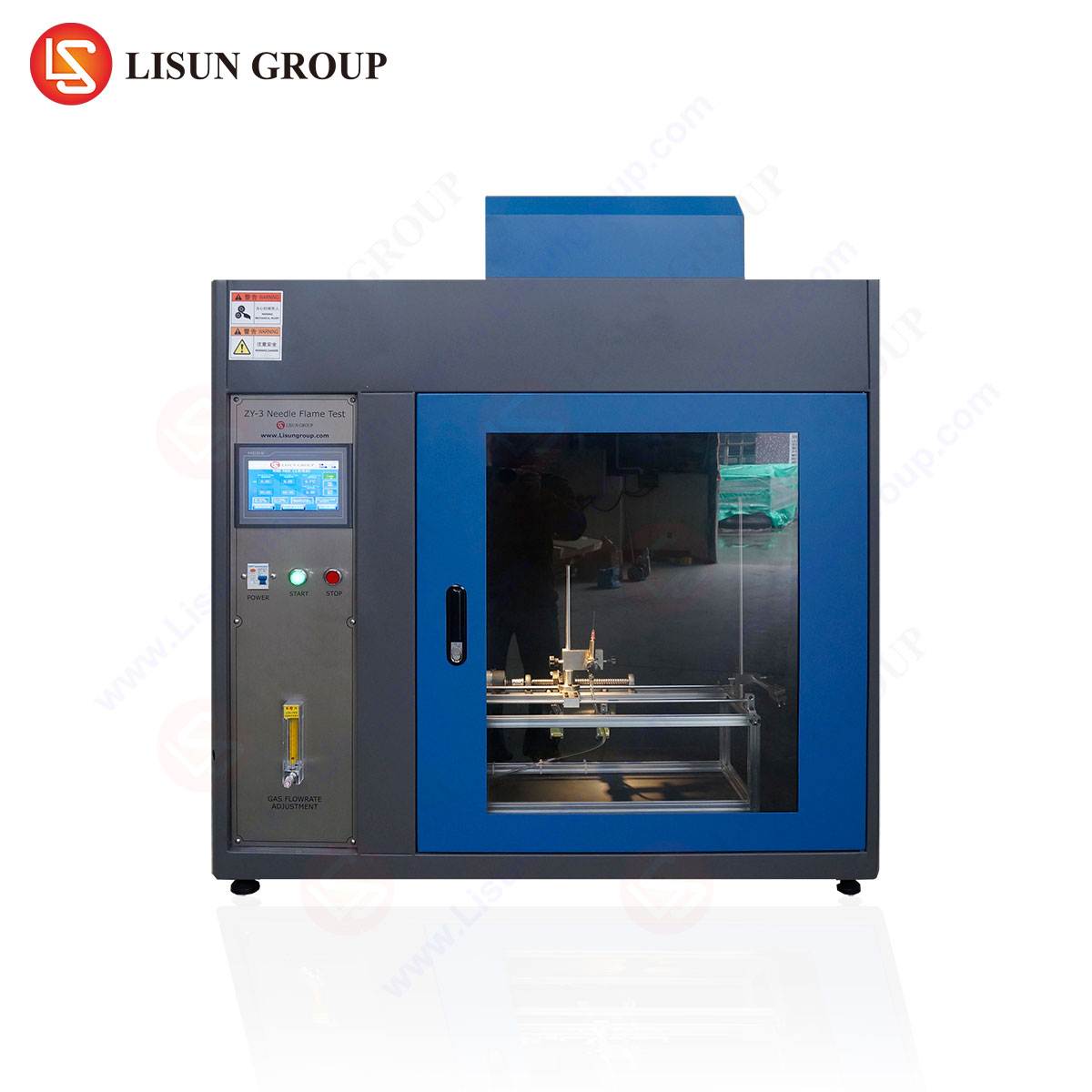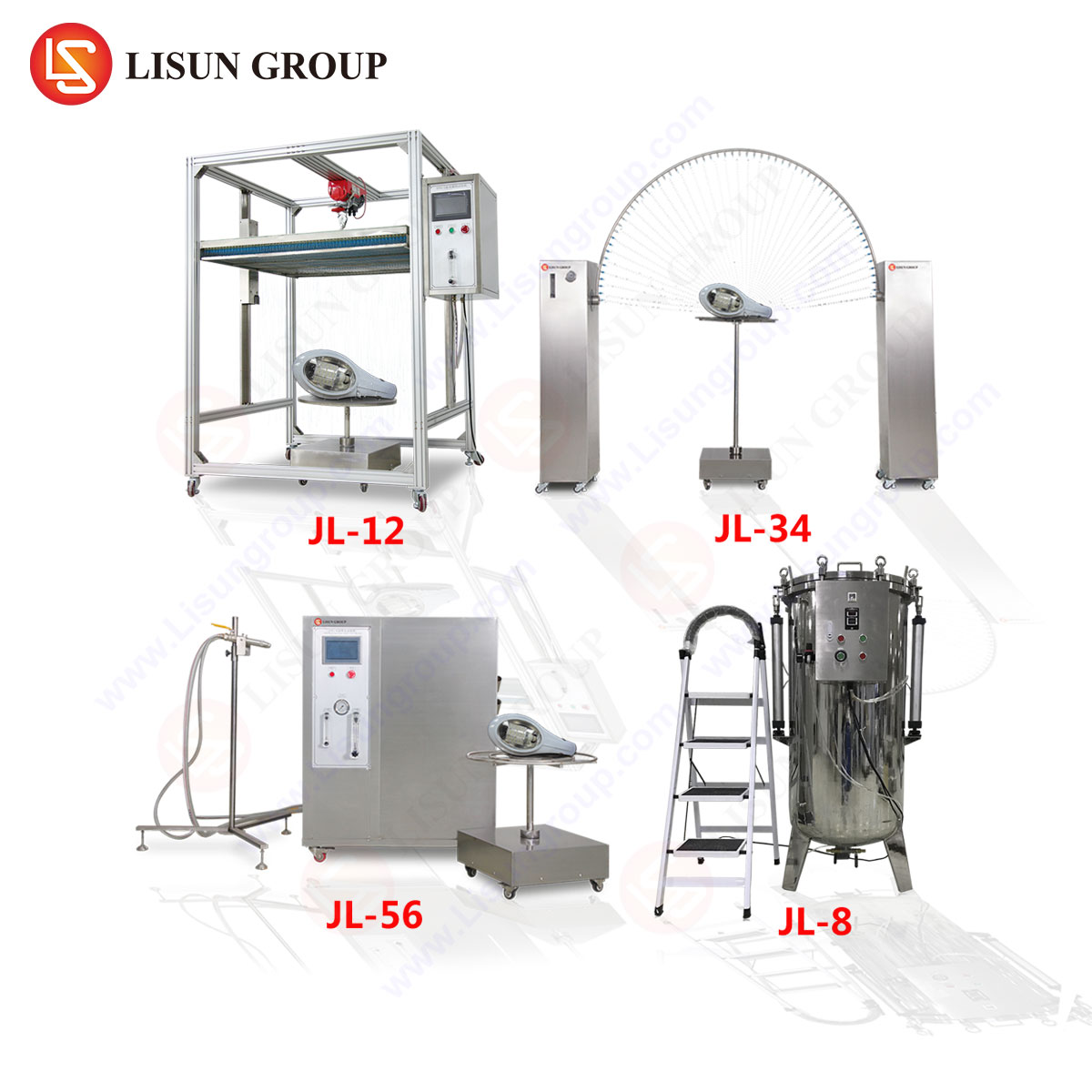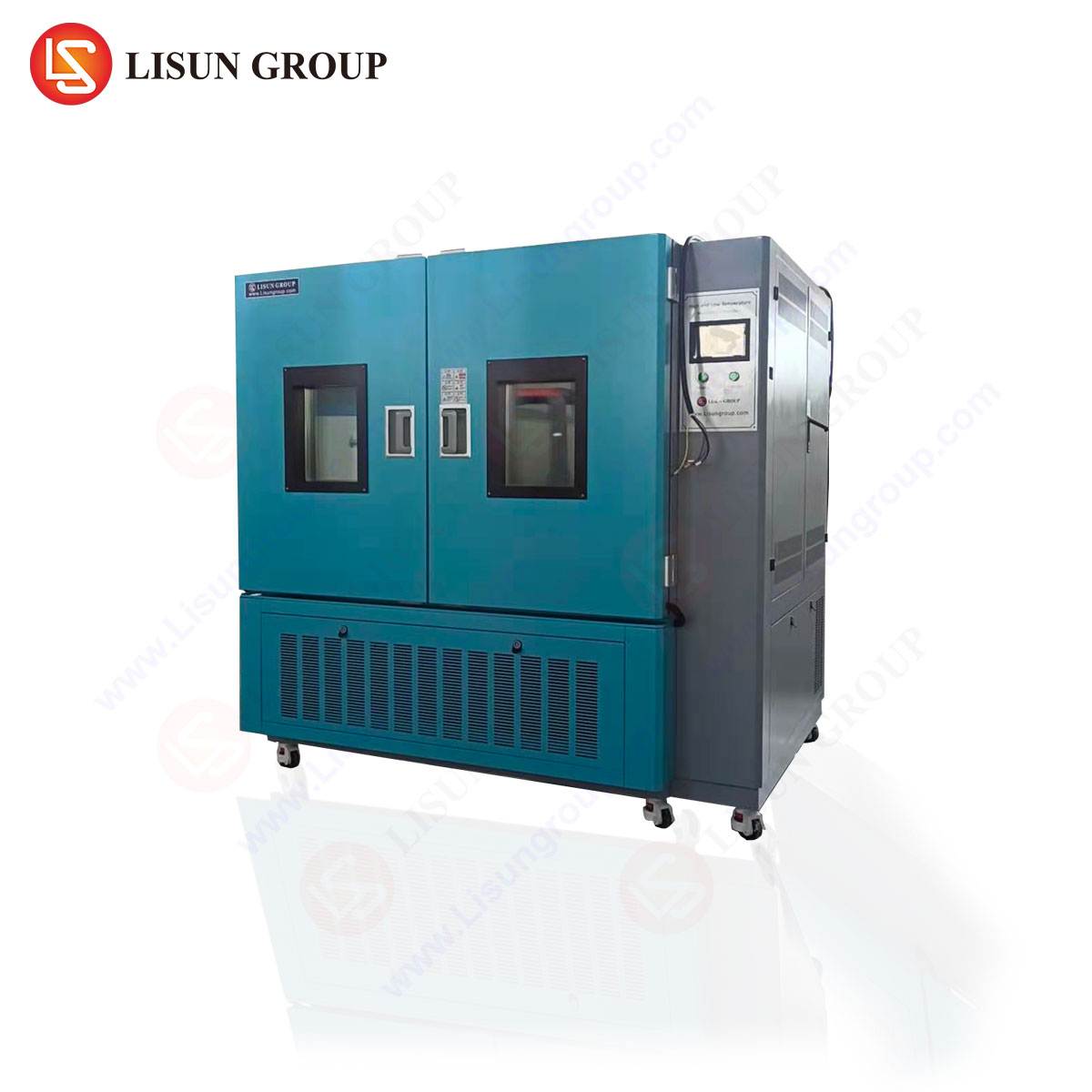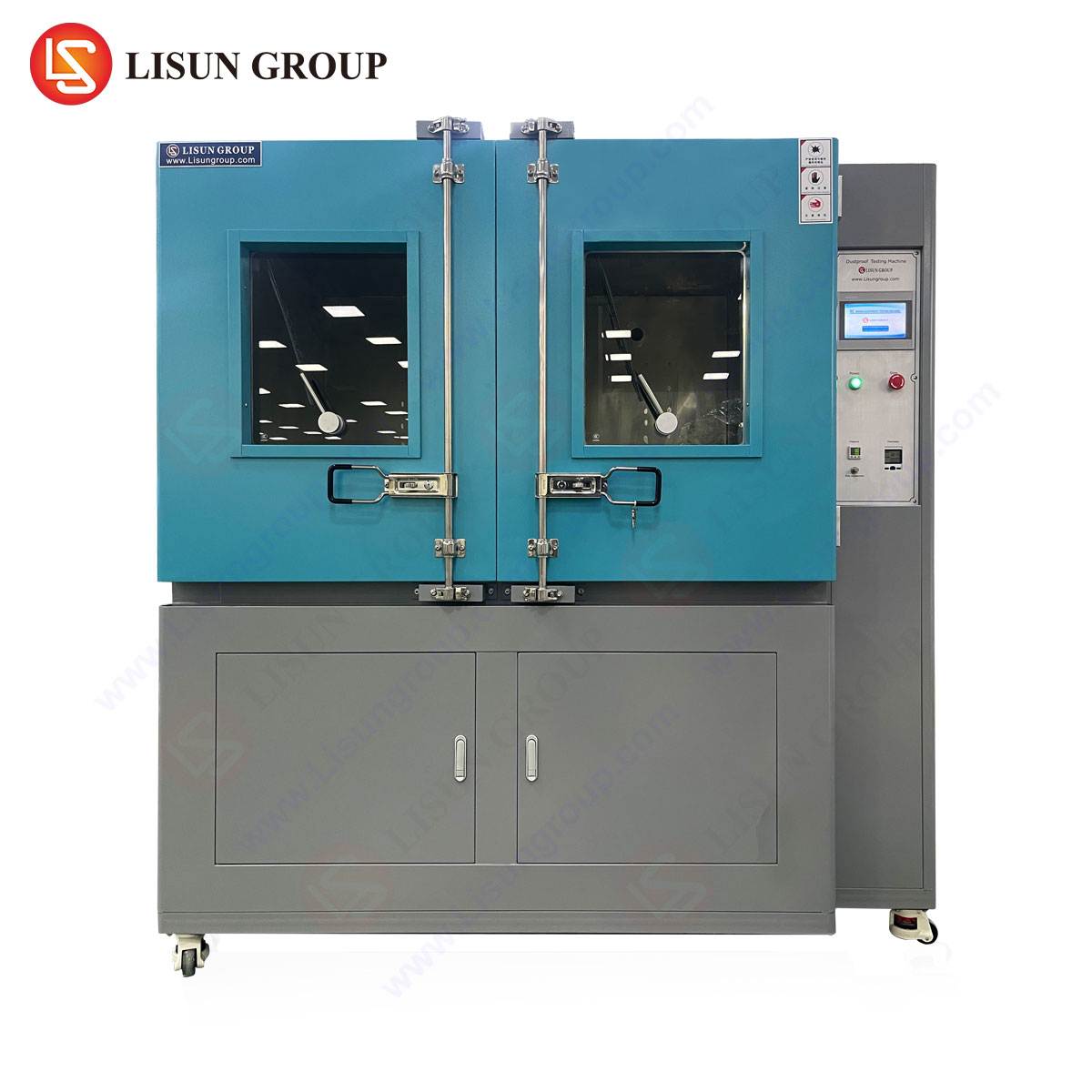The Role of IEC 61032 Probe 17 in Mitigating Access-Related Hazards
The imperative to ensure the safety of electrical and electronic equipment is a foundational principle across global manufacturing sectors. A critical aspect of this safety paradigm involves verifying that enclosures provide adequate protection against access to hazardous live parts, moving components, or other potential sources of injury. The international standard IEC 61032, “Protection of persons and equipment by enclosures – Probes for verification,” provides the definitive framework for this verification process. Among its specified test probes, the Probe 17, often referred to as the “test finger” or “jointed finger,” is arguably the most ubiquitously applied tool for simulating human access. Its design and application are central to compliance with major safety standards, including IEC 60335, IEC 60529 (IP Code), and IEC 60950, now superseded by IEC 62368-1.
Anatomical Simulation and Dimensional Tolerances of Probe 17
IEC 61032 Probe 17 is meticulously engineered to replicate the dimensions and articulation of a human finger, specifically that of a child, which represents a more stringent test case for accessibility. Its design is not arbitrary; every dimension and angular range is specified to create a consistent and repeatable assessment tool that manufacturers and testing laboratories can rely upon globally.
The probe consists of three main segments: a finger portion, a palm portion, and a stop plate. The finger portion is a cylindrical metal simulation with a diameter of 12 mm and a length of 80 mm, culminating in a hemispherical end of 6 mm radius. This is connected via a pivot joint to the palm portion, which itself is linked to the handle and stop plate. The joint allows for articulation, permitting the finger to simulate a probing action. A critical dimension is the 100 mm length from the pivot axis to the end of the probe, which defines its reach. The stop plate, with a diameter of 50 mm and a thickness of 5 mm, acts as a physical limit, representing the plane of the palm and preventing the probe from being inserted beyond a point that a human hand could not physically reach.
The standard mandates strict tolerances on these dimensions. For instance, the finger diameter must be 12 mm ± 0.1 mm, and the joint must allow the probe to flex through 90° with a tolerance of 0° to +10°, and also to straighten to 0° with a tolerance of 0° to -10° in the opposite direction. These tight tolerances eliminate subjective interpretation and ensure that a product passing the test in one laboratory will pass in another, fostering international market access and regulatory harmonization.
Application of the Test Probe in Safety Standard Compliance
The primary function of the IEC 61032 Probe 17 is to verify that a hazardous part is adequately protected against accidental contact. The test procedure involves applying the probe, with a specified force not exceeding 10 N, to every possible opening in an enclosure—be it a gap, a vent, a joint, or an opening—with the probe articulated to its maximum extent in all possible directions. The test is deemed unsuccessful (i.e., the product fails) if the probe contacts a hazardous live part, a hazardous moving part (like a fan blade), or if it approaches a live part at a distance less than the mandated clearance or creepage distance for the equipment’s rated voltage.
This evaluation is integral to numerous product safety standards:
- Household Appliances: For a food processor, Probe 17 is applied to the feed tube and any seams in the housing to ensure fingers cannot contact the high-speed blades.
- Electrical Components: Switches and socket outlets are tested to ensure live terminals are inaccessible, even when a plug is partially inserted or removed.
- Lighting Fixtures: For both indoor and outdoor luminaires, the probe checks that live parts within the housing cannot be touched after removing a diffuser or through ventilation slots.
- Industrial Control Systems: Enclosures for motor drives and PLCs are verified to prevent access to mains-voltage terminals with a tool simulating a finger.
- Toy and Children’s Products: This is a critical application, as the probe simulates a child’s finger, ensuring battery compartments or internal mechanisms with pinch points are inaccessible.
The LISUN Test Finger: Precision Engineering for Assured Compliance
The LISUN Test Finger, a fully compliant embodiment of the IEC 61032 Probe 17 specification, exemplifies the precision required for authoritative safety testing. Constructed from high-strength, corrosion-resistant materials such as anodized aluminum or hardened stainless steel, the LISUN probe is designed for durability and metrological stability over thousands of test cycles. Its joints are machined to exacting tolerances to ensure smooth, precise articulation without any lateral play or slop that could invalidate a test by allowing the probe to enter an opening it otherwise should not.
The competitive advantages of the LISUN probe are rooted in its manufacturing rigor and traceable certification. Each unit is accompanied by a calibration certificate issued by an accredited laboratory, verifying that all critical dimensions (diameter, length, joint angles, stop plate dimensions) and the applied force (typically 10 N ± 0.5 N) are within the stringent limits set by IEC 61032. This documentation is not merely an accessory; it is a necessary component for laboratories seeking ISO/IEC 17025 accreditation, as it provides traceability to national measurement standards.
For industries such as Medical Devices and Aerospace and Aviation Components, where failure modes carry extreme consequences, the reliability and verifiable accuracy of a test tool like the LISUN Probe 17 are non-negotiable. A miscalibrated or poorly manufactured probe could lead to a false pass, allowing an unsafe product to reach the market, or a false fail, resulting in unnecessary and costly design modifications.
Interpreting Test Outcomes and Addressing Failures
A successful application of the test probe results in no contact with hazardous parts. However, a failure necessitates a redesign of the product’s enclosure. Mitigation strategies are industry and application-specific. A common solution is the implementation of baffling systems within ventilation openings. These are internal labyrinths that allow for airflow but prevent a straight or articulated probe from passing through. Another method is to reduce the size of external openings to below the 12 mm diameter of the probe, aligning with the IP2X code requirement of IEC 60529, which is verified using this same Probe 17.
For openings that must remain large, such as ports for cables on telecommunications equipment or access panels on office equipment like printers, the use of reinforced or interlocked covers is required. An interlock system automatically disconnects power when an access cover is removed, rendering the hazard inactive before the Probe 17 (or a real finger) can gain access. The test probe is used to verify that the interlock functions correctly before the cover is open enough to permit access.
Distinguishing Probe 17 from Other Standardized Test Probes
While Probe 17 is the most common, IEC 61032 defines a family of probes, each simulating a different threat. Understanding its place among them is crucial for proper application.
- Probe 13 (Test Pin): A rigid, straight rod of 3 mm diameter. It simulates a tool or a stiff wire and is used to test for protection against solid foreign objects (IP code digit 1) and to probe for openings that might be missed by the larger finger probe. It is often used in conjunction with Probe 17 for a more comprehensive assessment.
- Probe 18 (Long Test Pin): Similar to Probe 13 but longer, used for specific applications where deeper reach is a concern.
- Probe 19 (Test Sphere): A sphere of 75 mm or 100 mm diameter, used to simulate a child’s fist or a large solid object for testing the first digit of the IP code (e.g., IP5X).
The LISUN range typically includes these complementary probes, allowing a single supplier to provide a complete kit for full enclosure verification. For example, a Consumer Electronics company designing a smart speaker would use the LISUN Probe 17 to test gaps around the housing and the grille for the speaker, while the LISUN Test Pin (Probe 13) might be used to verify that small reset buttons cannot be actuated with a sharp object, potentially causing an unsafe reset.
The Criticality of Material and Construction Integrity
The material specification for a test probe is not merely about durability. The standard requires that the probe have adequate rigidity to prevent bending or flexing beyond its intended articulation during application of the 10 N force. Using a material that is too soft could allow the probe to deform and bypass a safeguard, leading to a false pass. Conversely, a finish that is too rough could snag on or damage a non-rigid enclosure during testing, potentially creating an opening that wasn’t there before and causing a false fail.
The LISUN Test Finger is manufactured from materials that provide an optimal balance: high rigidity to prevent bending, a smooth finish to prevent damage to equipment under test, and excellent wear resistance to maintain its precise dimensions over years of use. The joints are secured with high-quality bearings or precision-machined pivots to ensure the articulation is consistent and does not loosen over time, a critical factor for maintaining calibration integrity.
Frequently Asked Questions (FAQ)
Q1: Can the IEC 61032 Probe 17 be used to verify IP code ratings?
Yes, absolutely. The Probe 17 is the specified tool for verifying the second digit of the IP code, specifically IP2X, which indicates protection against access with a finger. The test is passed if the probe cannot contact hazardous live or moving parts. For the first digit (e.g., IP5X), other probes like the test sphere (Probe 19) are used.
Q2: What is the required force for applying the test probe during a standard test?
The standard specifies that the probe should be pushed into openings or along surfaces without exerting excessive force. The maximum force required is 10 Newtons (approximately 1 kgf). Many professional test probes, including the LISUN model, incorporate a spring-mechanism within the handle to clearly indicate when this maximum force is being applied, ensuring consistent and repeatable testing.
Q3: Our product failed the Probe 17 test. What are the most common remediation steps?
The most common solutions involve redesigning the enclosure. This can include: adding internal baffles behind ventilation grilles; reducing the size or length of external openings; adding reinforced grilles or meshes over internal hazards; or implementing mechanical interlock systems that cut power before an access cover can be fully removed.
Q4: How often does a test probe like the LISUN Test Finger need to be recalibrated?
The recalibration interval depends on usage frequency and the laboratory’s quality procedures. For a high-volume test lab, an annual calibration is typical. The probe should also be visually inspected before each use for signs of damage, wear, or corrosion that could affect its dimensions. The calibration certificate from an accredited provider, like the one supplied with LISUN products, provides the initial baseline for this periodic verification.
Q5: Is the “test finger” used for automotive electronics testing the same as IEC 61032 Probe 17?
While many automotive standards (such as those from ISO and SAE) have historically referenced their own specific probes, there is a strong trend towards harmonization with IEC 61032. Probe 17 is increasingly adopted within automotive electrical safety standards (e.g., ISO 20653) for testing in-vehicle equipment, charging ports, and battery systems, making it a versatile tool across the Automotive Electronics industry.







